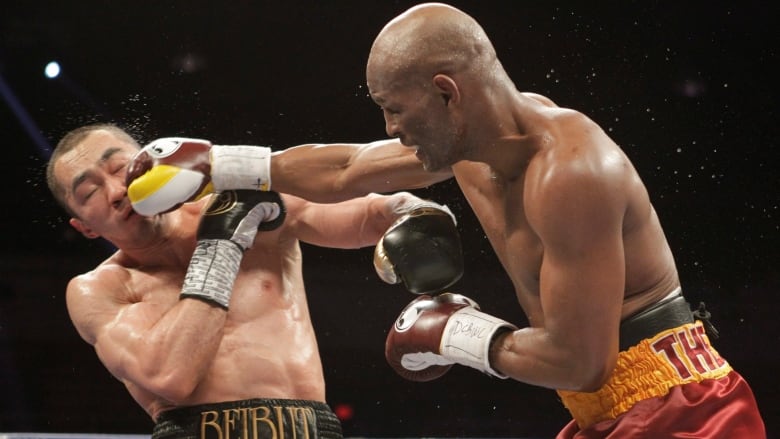Men's faces evolved to be punched, study suggests
Face bones that are bigger in men than women are most likely to be broken in fights

Men's faces look different from women's because their ancestors evolved to survive being punched during fights, a new study suggests.
University of Utah researchers David Carrier and Michael Morgan make that argument based on a study that looked at:
- The skulls of early hominins human relatives called australopiths that lived around four million years ago.
- The injuries of modern humans who show up in the hospital emergency room after a fight.

Anthropologists had previously suggested these changes may have been adaptations to changes in their diet, such as one that contained more nuts with shells that had to be crushed with hefty jaws and molars. However, Carrier and Morgan, a physician specializing in emergency medicine, used emergency room records as a starting point to explore a different possibility.
The hospital records show that when humans fight hand-to-hand, they usually strike and injureeach other's faces, Carrier said.
"The bones in face that break most frequently are the same bones that underwent the most increase in robusticity in australopiths," Carrier said in a phone interview with CBC News.

He suggested that australopiths evolved thicker, sturdier bones in those places to protect themselves from blows to the face, which were likely becoming more powerful and dangerous at that point in their evolution.
"The same time that these changes are happening in the face of autralopiths proportions of the hand are changing in such a way that they were able to form a fist," Carrier said.
The researchers published their findings in the journal Biological Reviews.
The fact that the facial bones and teeth that changed the most in autralopiths are the ones that are most different between modern-day men and modern-day women who get into far fewer fistfights is further evidence that they changed to take punches, Carrier suggests.
Male chimpanzees and gorillas, he added, also fight far more than females and have sex differences in their facial features corresponding to the way they fight. For example, males have much bigger canines for biting.
The researchers acknowledge that modern-day humans do have smaller, less robust jaws, teeth and facial bones than australopiths. In fact, some of these bones are smaller than they are in chimpanzees and gorillas. The researcherssuggest that as humansevolved, their upper body strength was reduced (compared to earlier human relatives) so their punches were no longer as powerful, and their faces evolved accordingly. They also began using weapons that targeted other parts of their bodies, such as the top of the skull a part that Carrier says is better reinforced in humans than earlier hominins.












_(720p).jpg)


 OFFICIAL HD MUSIC VIDEO.jpg)
.jpg)



























































































